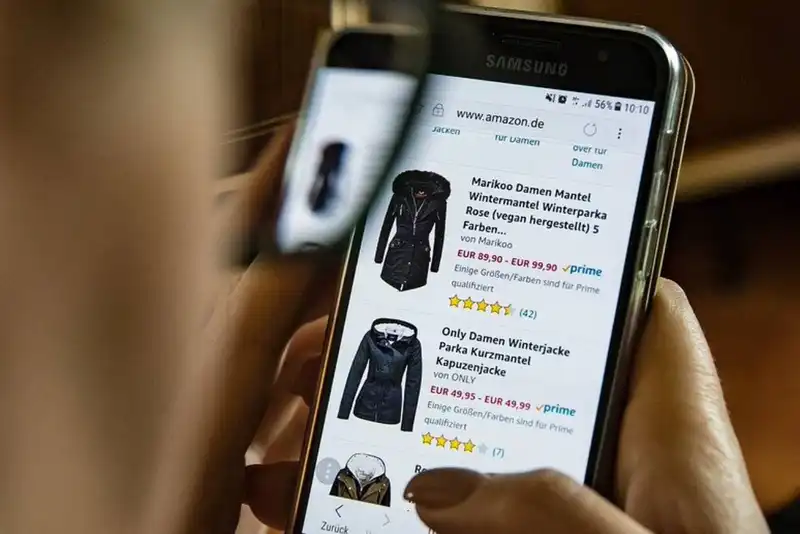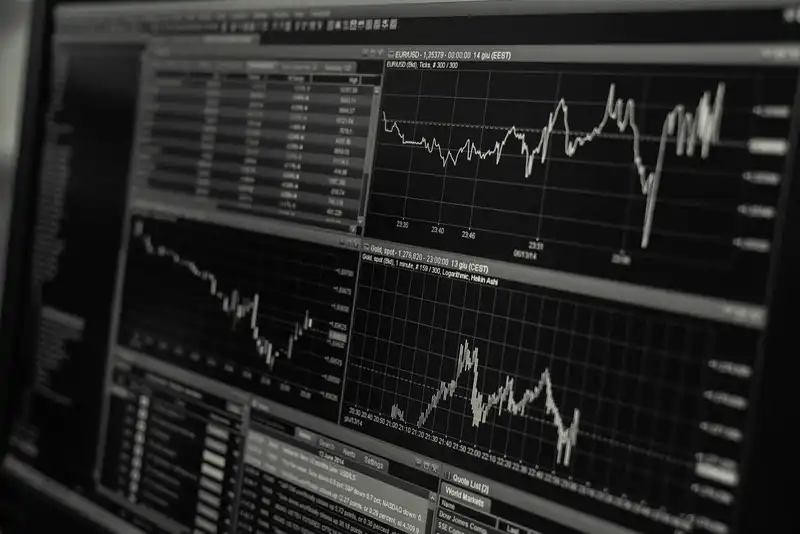4 Types of Consumer Purchasing Behavior and What Drives Them
Introduction to Purchasing Behavior
Internal and external factors influence every customer when they buy products, whether they realize it or not. These elements can stem from the economic environment, personal preferences, and even peer pressure. Regardless, they influence the consumer's buying process.
By understanding consumer purchase behavior, retailers can improve their decision-making process and tailor their marketing campaigns to boost sales and repeat purchases.
What is Consumer Purchasing Behavior?

Consumer purchasing, or buying, behavior consists of shoppers' actions before making a purchase, whether online or in-store. Typical actions include the following.
- Using search engines
- Engaging in social media content
- Clicking a link in a marketing email
- Viewing online reviews
While this information may seem worthless to the customer, businesses want to know how consumers become aware of their brand and what leads them to make a purchase. By understanding this customer behavior, companies can improve their marketing tactics, customer experience, and, eventually, sales.
Once retailers find what drives their target audience to buy goods through behavior research, they can instill it into their campaigns. For example, if a store discovers that most of their customers watch a video review of their different products in action before making a purchase, they may utilize testimonials and other user-generated content in future promotions.
4 Types of Consumer Behavior

Typically, consumer behavior depends on the type of inventory the consumers want to buy. Therefore, the more expensive the item, the more research the customer is likely to engage in, as there is a higher risk.
On the other hand, consumers change their reactions when purchasing an inexpensive item, as it is typically more hands-off. Businesses should conduct consumer research to determine which spending patterns their shoppers use.
Complex Consumer Buying Behavior

The complex buying behavior is found when customers are in the market to purchase an expensive item. As expensive buys are much less frequent than typical purchases, consumers are significantly more involved in the consumers buying decision and will research extensively beforehand.
For consumers, expensive items offer more risk and are usually unfamiliar to them, making research critical. During the research period, buyers may review online sources and consult friends that have experience with the product. At this point, the routine response is the consumer will develop their own unique set of criteria that helps them decide on their purchase.
For example, buying a house can be a significant financial risk to the purchaser. Therefore, they will conduct thorough market research before settling on their final purchase.
Marketers must help educate the consumers during their discovery phase in order to influence their buying behavior.
Dissonance-Reducing Buying Behavior

The dissonance-reducing buying behavior also has high consumer involvement, as the products at hand are usually on the more expensive side. However, these certain products have low availability and fewer differences between brands. Therefore, consumers are forced to settle for items that are merely available, limiting their purchasing decisions.
In this scenario, marketers should focus on target messaging that supports consumers' purchases after they are finalized. This type of reinforcement promotes repeat purchases and customer advocacy.
Habitual Buying Behavior

The habitual buying behavior has low involvement in the purchase decision as it is usually a repeat buy. These items are typically used in consumers' daily habits, such as personal care, food, and cleaning products bought from the grocery store. While there may be plenty of variances, the customer only perceives a few differences between the brands.
Since customers usually purchase their favorite products repeatedly, they do not have brand loyalty. They will choose the store that offers the lowest price at the time. Therefore, retailers must continuously run repetitive advertisements on radio, television, and print media to build familiarity.
Variety Seeking Buying Behavior

The variety-seeking buying behavior has the lowest customer involvement, as consumers do a lot of brand switching because of the differences they perceive from brands. In this category, switching between products is cost-efficient and allows customers to experiment with different items.
For this particular behavior, businesses must develop their own unique marketing strategies to persuade consumers to purchase their products.
The Effects of Consumer Behavior

There are many factors that impact a consumer's purchasing decisions. While there are a few elements that retailers can influence, most external factors are uncontrollable.
Marketing Campaigns
When executed correctly, marketing campaigns can influence consumers' familiarity and perception of a brand. Sometimes, retailers can even persuade consumers to leave their current brand and make impulse buys.
Businesses should run their most impactful marketing promotions regularly to generate new leads and spread brand awareness.
Economic Conditions

Economic conditions can impact spending overall, but specifically the purchase of expensive items, such as cars and houses. In a healthy economic environment, consumers are more likely to make large investments. On the other hand, customers may postpone purchases in poor economic conditions.
Personal Preferences
A customer's buying behavior is also largely impacted by their own personal preferences, dislikes, beliefs, and values. Customers' personal likes are especially influential in fashion and food retail, where products are catered to specific tastes.
However, marketers can still influence preferences by promoting impactful advertisements. Still, campaigns can only go so far if they threaten the customer's core values.
Group Influence

Group influence, also referred to as peer pressure, can influence customers' buying behaviors that want to reflect their friends and family members. This type of influence is purely psychological and often goes unnoticed by the customers themselves.
Purchasing Power
Purchasing power refers to a person's willingness and ability to buy an item based on their personal budget restrictions. Unless the consumer has expendable funds, the typical buyer ponders their options before making a purchase.
Therefore, marketers must study the target audience and the goods consumers buy to determine how they make buying decisions.





